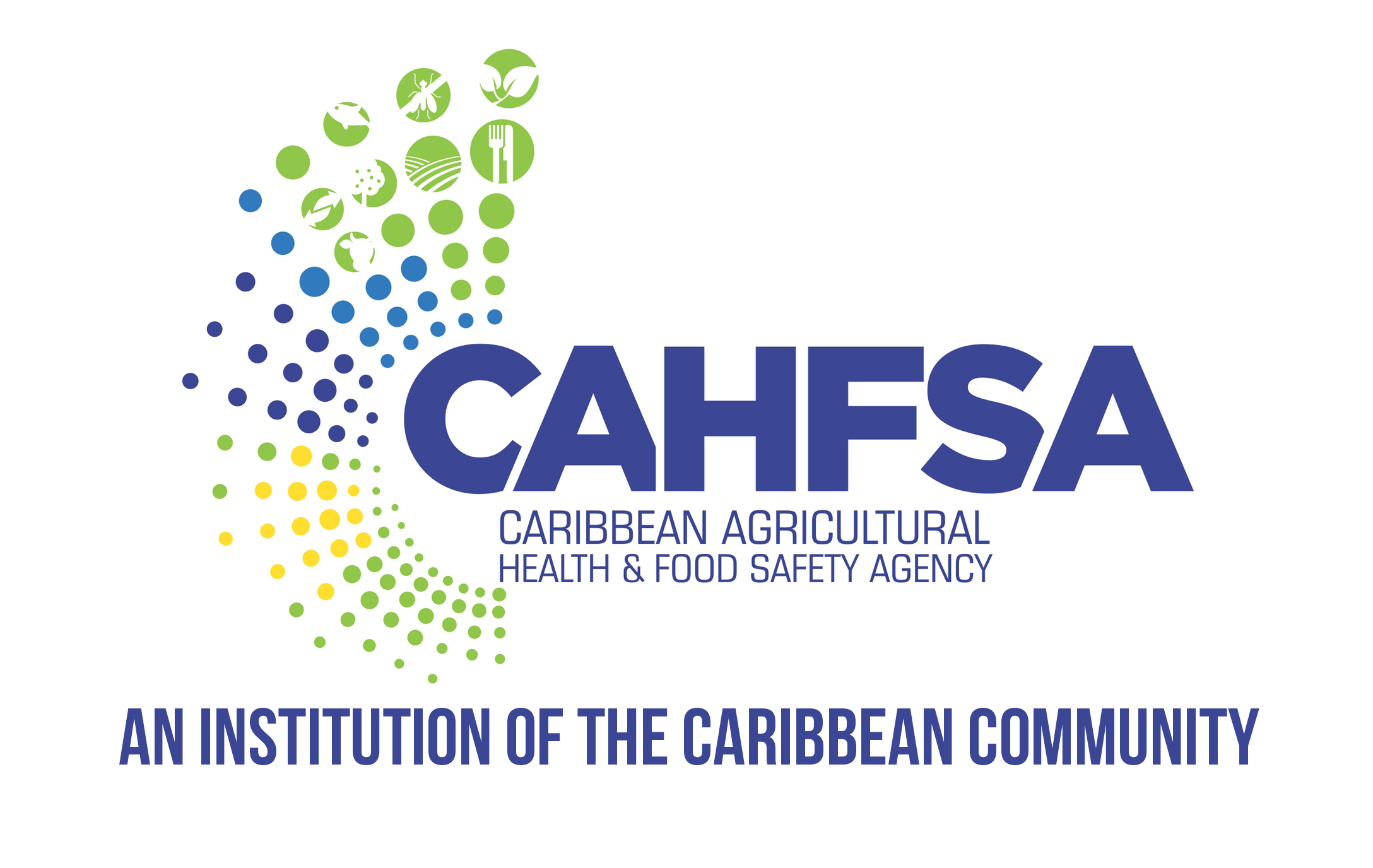Good Agricultural Practices
October 28, 2015International Plant Protection Convention
May 17, 2016THE HACCP SYSTEM
- Was developed by Pillsbury Company in 1959 for NASA. NASA wanted a programme to ensure the safety of the foods of astronauts who manned the space flights.
- Pillsbury came up with such a system that was called HACCP. It was based on identifying the potential hazards that could occur in foods prepared for the astronaut and putting control measures in place to prevent them from occurring.
This HACCP System
- Has been adopted by the US Government.
- Has been endorsed worldwide by Codex Alimentarius, EU, Canada, New Zealand, Japan, Australia, India, etc.
WHY?
- Because there has been an increase in reported cases of food borne illnesses worldwide
- Increase in litigation against companies
FACTORS CAUSING RISE IN FOOD BORNE ILLNESSES
- Increasing number of elderly persons in the population
- Major deficiencies in personal hygiene practices (people do not wash their hands properly)
- Changes in food preparation techniques
- More resistant strains of microorganisms
WHAT IS HACCP?
HACCP stands for:
H – Hazard
A – Analysis
C – Critical
C – Control
P – Point
OBJECTIVE OF HACCP
To make a product safe and be able to prove that it has been made safely
PURPOSE OF HACCP
- The purpose of HACCP is to prevent, reduce or minimize the “hazards” associated with foods.
- A Hazard is any microbiological, chemical or physical property that may cause a food to become unsafe for human consumptio
- Examples of microbiological hazards are bacteria, yeast, molds and viruses
- Examples of physical hazards are sand, hair, glass, etc
- Examples of chemical hazards are preservatives such as nitrites, suuphites, benzoic acids; color additives; pesticides, sanitizers, histamine, aflatoxin
HACCP FOCUSES ON:
- Preventing these hazards from occurring
- It is a system which identifies “where” and “how” a problem will occur
- If “where” and “how” are known, then prevention becomes easy
HACCP has seven principles:
Principle 1: involves identifying the steps necessary to make the product and the hazards associated to each step: example: production of a turkey sandwich (steps necessary: purchasing, refrigerated storage, thawing, washing, cooking, slicing, making of the sandwich.
For each of these steps, you then identify the microbiological, chemical or physical hazard.
Principle 2: Identify Critical Control Points:
- A CCP is an operation or practice that will prevent, eliminate or reduce a hazard to an acceptable level.
Examples of CCPs are cooking, chilling, buying from only approved suppliers, etc. - In the case of the turkey sandwich, cooking can be the CCP because it can eliminate any microbiological hazards that may be present.
Principle 3: Establish critical control limits which must be met at each CCP:
For example: heat turkey to an internal temperature of 60 degrees Celsius
Principle 4: Establish procedures to monitor CCPs: Monitoring provides the documentation that can be used to verify that the HACCP System is working properly
Example: using your thermometer probe to determine the internal temperature of the turkey at regular intervals
Principle 5: Establish corrective action
Principle 6: Establish procedures to verify that the HACCP System is working
Principle 7: Establish an effective record keeping system which documents all aspects of the HACCP programme
GMPs
HACC P is not a stand-alone system. There are a number of pre-requisite programmes that are necessary. These include: pest control, equipment design, water quality, food handlers handling requirements, chemical use and control, record keeping, training of employees in sanitation and hygiene, etc.
CONCLUSIONS
- HACCP is internationally recognized
- It is cost-effective
- It gives consumers greater confidence in the safety of the food
- HACCP records make investigation easier if a food borne illness occurs
